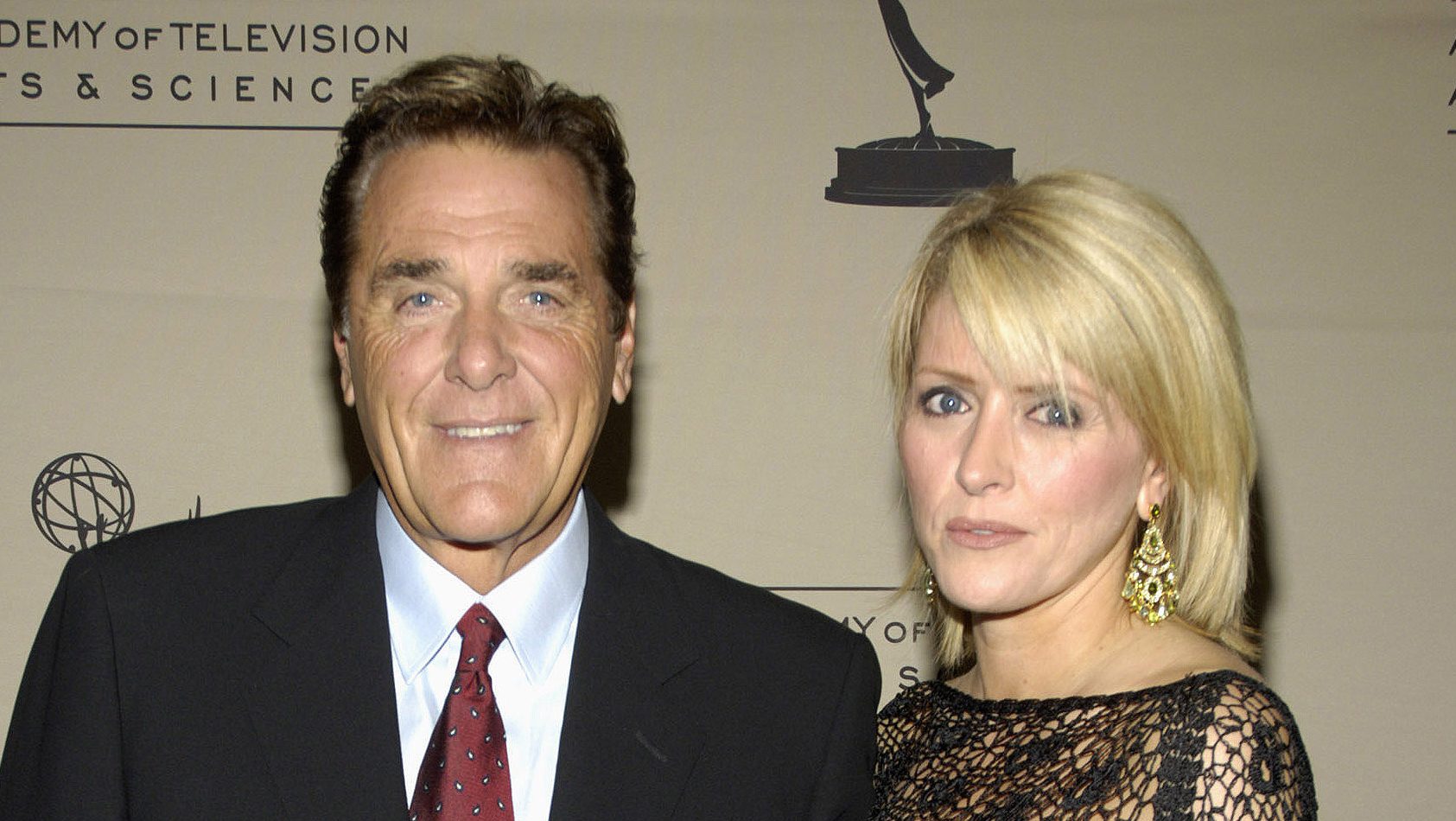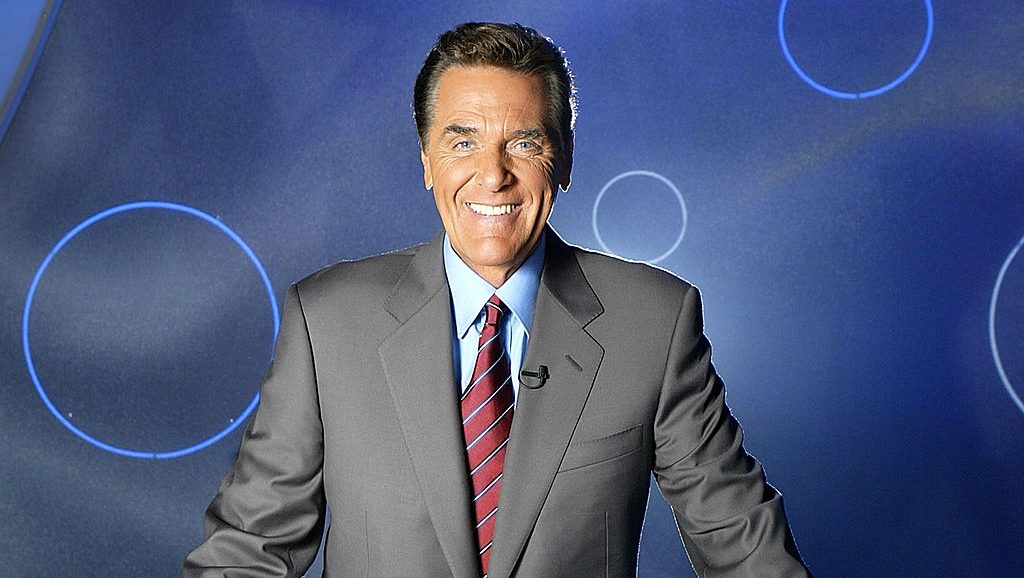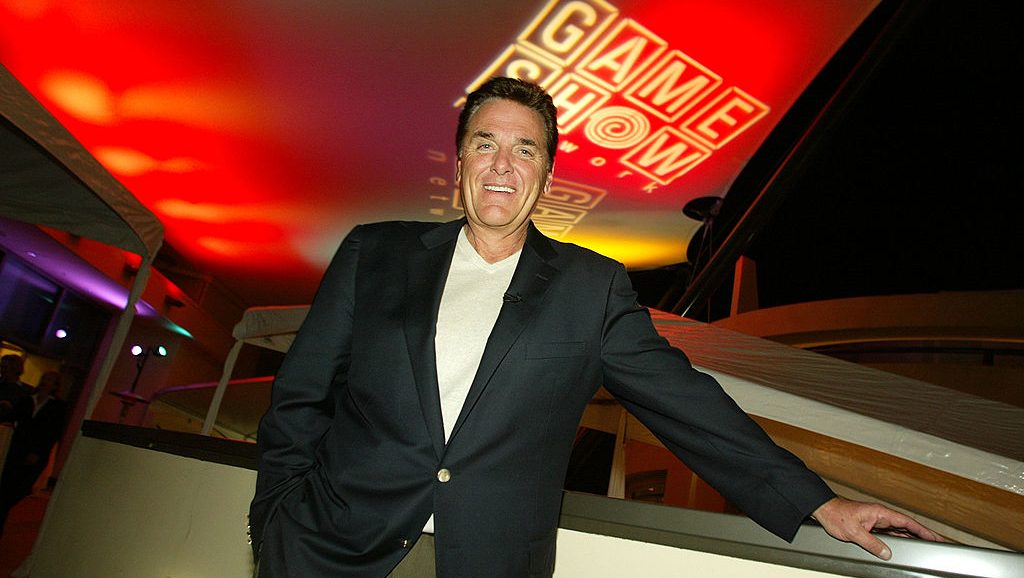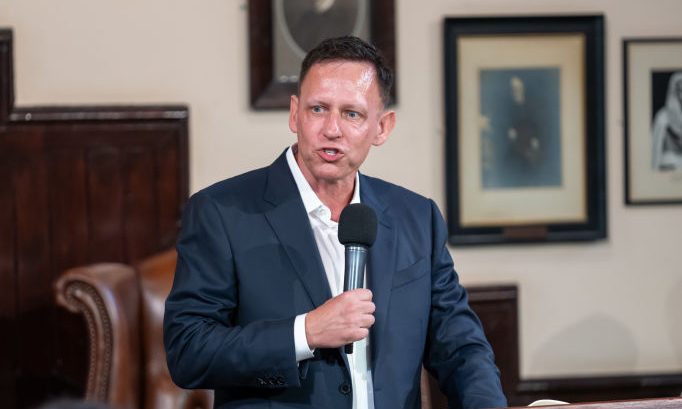John Seale, the Australian-born cinematographer who gained an Oscar for “The English Affected person” and has 4 different nominations for “Witness,” “Rain Man,” “Chilly Mountain” and 2015’s “Mad Max: Fury Highway,” was one of many highest-profile worldwide company on the ongoing Worldwide Movie Pageant of India.
In a Saturday masterclass, he examined a number of angles of cinematography and the broader movie business. Matters ranged from working with actors, his desire for being a lighting-cameraman, by means of to the usage of a number of cameras and ensuring that he approaches each movie as a brand new and totally different problem.
His descriptions of an early profession in tv, engaged on low-budgets and the breakout Nineteen Eighties successes of Australian filmmakers had been each a cheerful journey down reminiscence lane and instructive for these folks working outdoors the consolation zone of the Hollywood system.
“Within the early Nineteen Sixties, the Australian movie business was zilch. There was no characteristic movie business to talk of in any respect. There was a really occasional American movie which may have come into the Australia or the Pacific. Primarily again then it was tv. “After a 12 months in Sydney, I acquired into the Australian Broadcasting Fee, which is the federal government run tv station, and began a seven-year apprenticeship as a result of there have been no movie colleges.
“We had a core institution of 26 cameramen, [used] for all facets of TV protection, from exhausting information, tv documentaries on rural and agricultural issues, to arts and music. I acquired lengthy lectures about how you can degree the digicam for a horse race. It sounds foolish, however it was invaluable, little hints of how you can make a digicam report a scenario in the absolute best means.”
After about 4 years into his time period, ABC determined to enter manufacturing of 50-minute dramas. “All of the sudden we went into the Outback with actors and an enormous 35mm digicam, and I simply fell in love with that,” he stated.
Decided to focus extra on movie, Seale went freelance. It turned out to be a time when the business was having fun with information success.
“The Australian cinema business blossomed, and with the fantastic administrators, like Phillip Noyce and Peter Weir, who began making movies in Australia, that had been written by Australians, and began to get world acclaim.”
Seale was a digicam operator in 1975 on Weir’s iconic “Picnic at Hanging Rock.” He says he realized a lot from Weir’s “excellent” consideration to emotional element. “That raised a easy story about ladies who disappear on a mountain right into a splendidly emotional, complicated movie.”
Seale says he was unimpressed by the People who got here into Australia with formulaic concepts about what wanted to be a large shot, a medium shot and a detailed up or what lights wanted for use.
“Why ought to we [use that] system? These early movies in Australia had garnered fairly fantastic worldwide awards,” he stated. Nonetheless, Seale went to the U.S. with Weir in 1985 to shoot “Witness,” a movie which earned awards nominations for most of the crew.
“We beloved the Australian means of working. Nothing was an excessive amount of bother. There have been no dramas. It was like, ‘Oh, you need to do this? Okay, give me 10 minutes. I can kind that out.’ And, as a result of the Australian movies couldn’t afford any time beyond regulation, we used to get [given] a chilly beer on the finish of a day for doing two hours [extra].”
“What we dropped at the American system was an honoring of the price range and the schedule, that, I believe, helped numerous Australians to [succeed]. That studying and perspective to life, which we nonetheless keep that to a level, [means that] there’s an terrible lot of Australians now working in America and thru Asia and Europe.”
The post John Seale Says Low-Funds Origins Offered Lifelong Classes appeared first on Allcelbrities.








